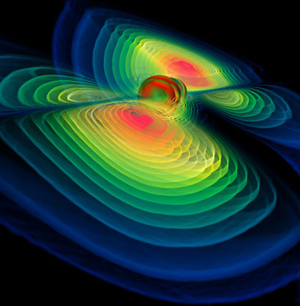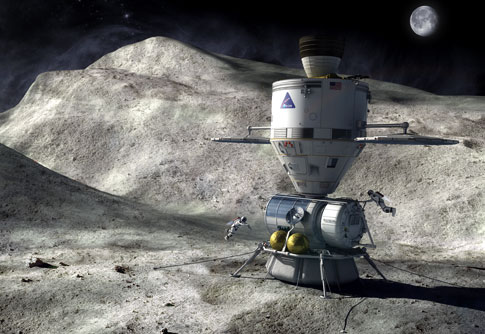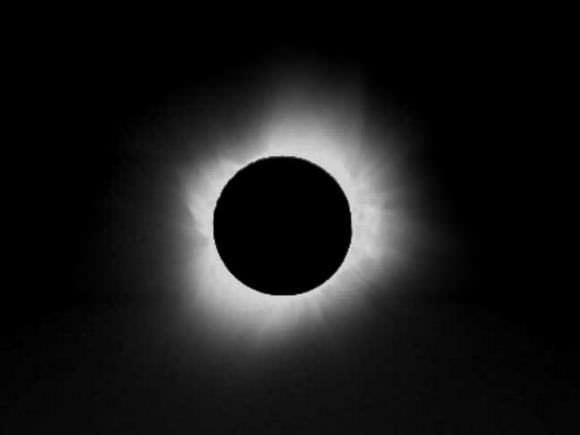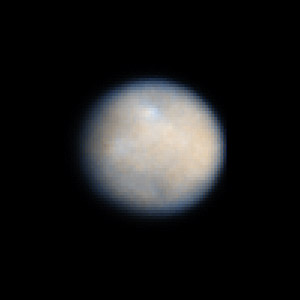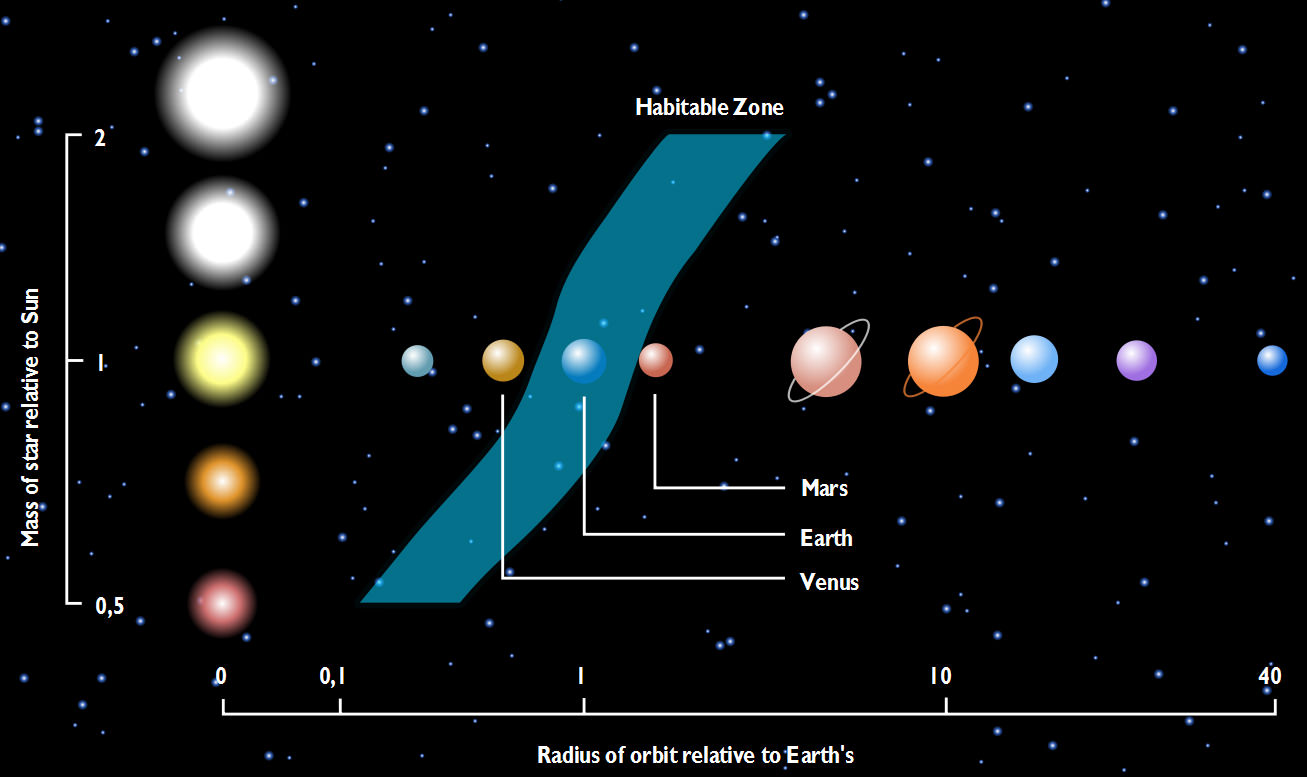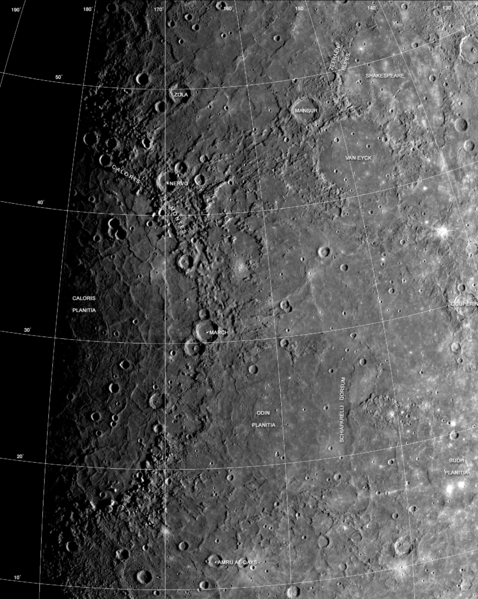[/caption]
Rocketry is actually older than many people think. The first rockets originated in China and subsequently the Middle East with the discovery of gunpowder. These rockets were used for military purposes or as entertainment. The use of rockets and gunpowder would eventually transform warfare, and to this day we still use rockets in pretty much the same way they were used 700 years ago. The only difference is that when we use rockets for military purposes we call them missiles and when used for entertainment they can be toys or pyrotechnics.
The composition of the first rocket was what is now in aeronautics called a solid rocket. This rocket runs on a solid fuel that burned inside the rocket. The heated exhaust is expelled out the bottom the rocket, creating the thrust needed to fly. The composition of solid fuel rockets is still pretty much the same as in ancient times.
The casing is the body of the rocket. Rockets were made differently depending upon their end use. For example, solid rockets that were used in space programs had steel casings. The next important element of a solid rocket was the grain. The grain is the solid fuel needed to power the missile. The first types used had gunpowder as the grain but the formula could be altered. If you ever saw a fireworks display, this is why the explosions have different colors. The additions of different metals and composites in the grain of the rockets creates this effect. The final components; the fuse. This was the ignition device used to start the combustion process of the rockets fuel. Later as rocketry was further researched a nozzle was added to the design to better direct exhaust and improve thrust.
The first rockets that were used in modern rocketry was invented by Dr. Robert Goddard. For this he is known as the Father of Modern Rocketry. He created the first successful liquid fuel rocket, adding the nozzle design that is so common today. The liquid fuel rocket ran on a slightly different design than its predecessor with the fuel being released from a pressure tank to a combustion chamber where it was mixed with air or another oxidizer to burn and create heated exhaust which was directed away to create thrust. This would be the design that would pave the way for modern aeronautics and eventually space exploration.
So as we see rockets have come a long way from their earliest day. Nevertheless, they are still playing an important role in the development of human technology. Making new advances possible every day with the missions and experiments they support.
If you enjoyed this article there are other related articles on the Universe Today website you might want to checkout. Here is an article that talks more about solid fuel rockets. If you want to learn more about modern rockets this article on new advances made on liquid fuel rockets.
There are other interesting articles you can find on the web. Time magazine has a great profile article on Robert Goddard. Another good resource is the NASA website which has a brief article on the history of rockets.
You might also enjoy listening to an episode of Astronomy Cast. Episode 100 Rockets is relevant to the stuff talked about in the article.
Source: Wikipedia


